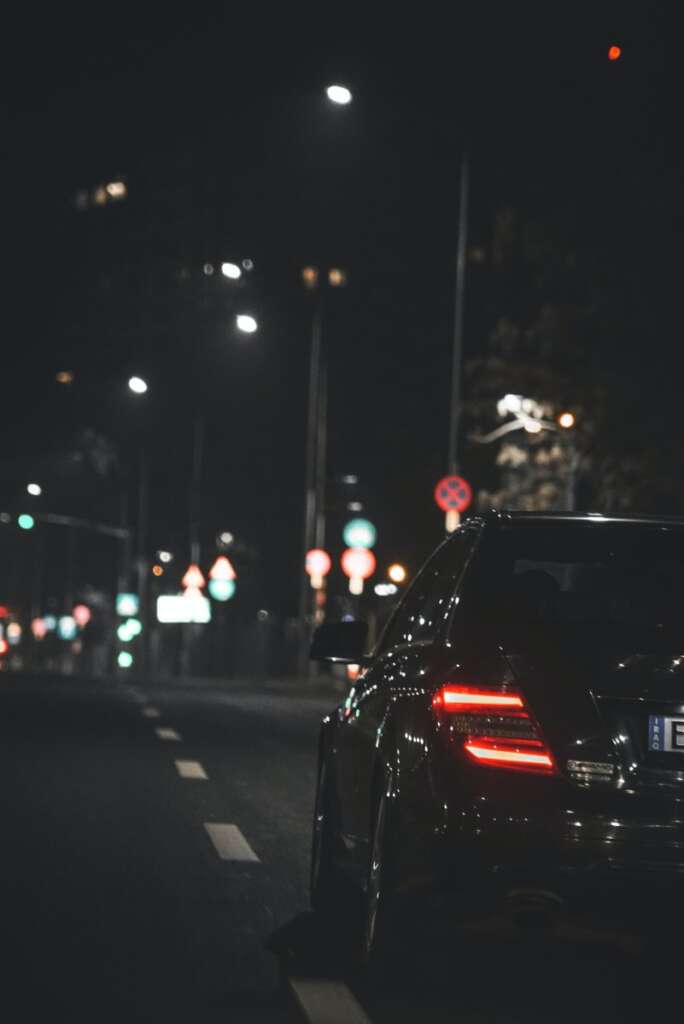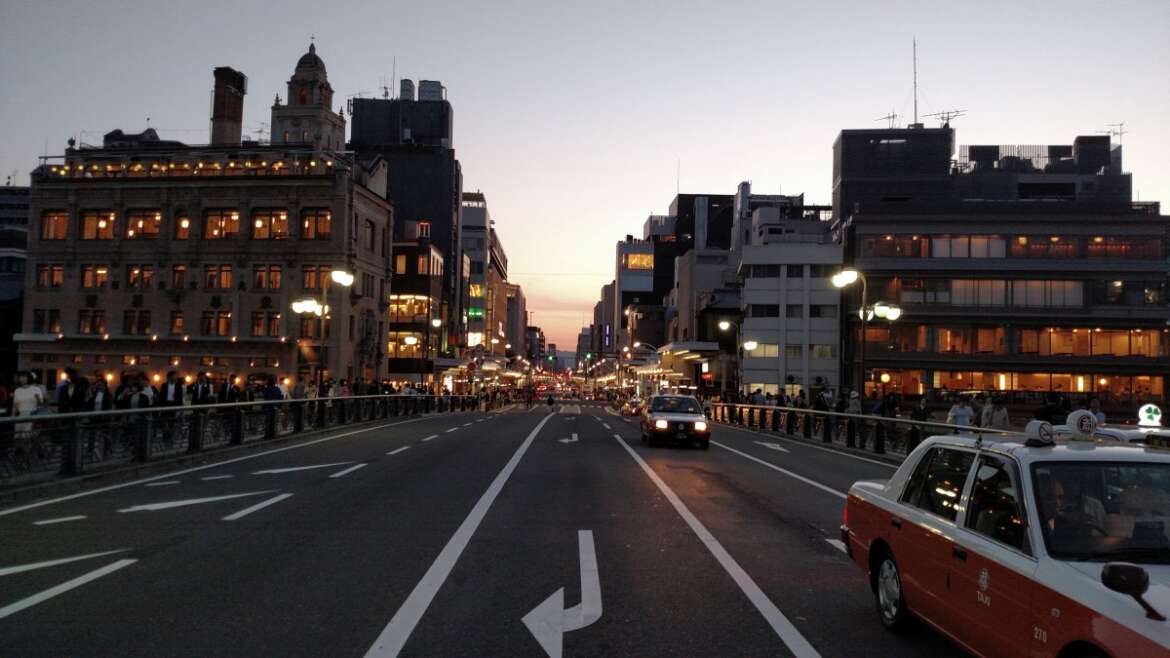 What do I need to be aware of when driving at night?
What do I need to be aware of when driving at night?
***Slow down when driving at night, especially on unlit roads,
and whenever weather conditions reduce your visibility.***
Overdriving your headlights
You are overdriving your headlights when you go so fast that your stopping distance is farther than you can see with your headlights. This is a dangerous thing to do, because you may not give yourself enough room to make a safe stop. Reflective road signs can mislead you as well, making you believe you can see farther than you really can. This may cause you to overdrive your headlights if you are not careful.
Glare
Glare is dazzling light that makes it hard for you to see and be aware what others around you are doing. It can be a problem on sunny and overcast days, depending on the angle of the sun’s rays and your surroundings. Glare can also be a problem at night when you face bright headlights or see them reflected in your rear view mirror.
When meeting oncoming vehicles with bright headlights at night, look up and beyond and slightly to the right of the oncoming lights. In daytime glare, use your sun visor or keep a pair of good quality sunglasses in your vehicle. When you enter a tunnel on a bright day, slow down to let your eyes adjust to the reduced light. Remove your sunglasses and turn on your headlights.
Cut down glare at night by following the rules of the road for vehicle lights. Use your low beam headlights within 150 metres of an oncoming vehicle or when following a vehicle within 60 metres. On country roads, switch to low beams when you come to a curve or hilltop so you can see oncoming headlights and won’t blind oncoming drivers. If you can’t see any headlights, switch back to high beams.



